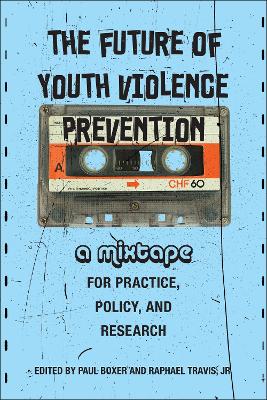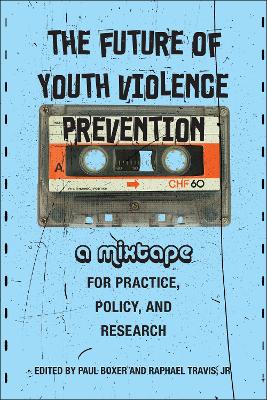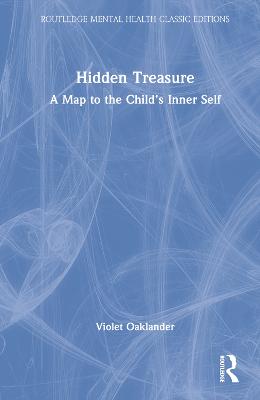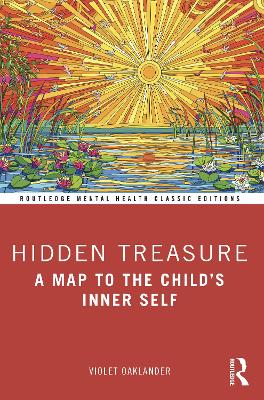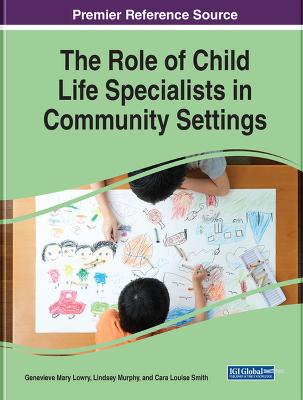Attachment-based Practice with Children, Adolescents and Families
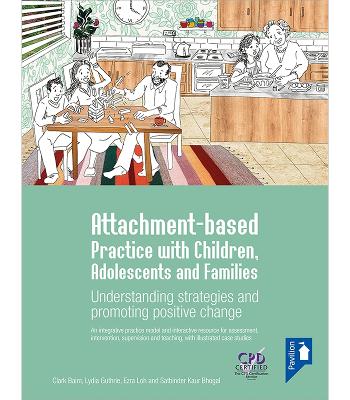 portes grátis
portes grátis
Attachment-based Practice with Children, Adolescents and Families
Understanding Strategies and Promoting Positive Change
Loh, Ezra; Guthrie, Lydia; Kaur Bhogal, Satbinder; Baim, Clark
Pavilion Publishing and Media Ltd
05/2022
288
Spiral bound
Inglês
9781803880655
15 a 20 dias
Descrição não disponível.
Table of Contents
Foreword by Professor Panos Vostanis
PART ONE: Introducing attachment theory and the integrative approach
Introduction and how to use this guide
1. Introducing attachment theory; 2. The three basic patterns; 3. The Dynamic-Maturational Model (DMM) of Attachment and Adaptation; 4. The integrative, bio-psycho-social approach
PART TWO: Principles, guidelines and tools for assessment, formulation, planning and treatment
5. Ten principles for attachment-based practice; 6. Essential planning and preparation; 7. The goal of treatment; 8. The LEARN model, and purposeful adaptation of treatment
PART THREE: The case studies
1. Amelie and Charlie (1): Trying to love through depression and trauma; 2. Lucas (14): Changing sexual behaviour; 3. Jacob (8): Adoption breakdown; 4. Azim (14): Seeking safety in a new country; 5. Suchita (22): In search of independence; 6. Rob (20): Strong feelings in autism; 7. Jessica (14): On the edge and in need of guardian; 8. Gretchen (7): In search of safety, family and belonging; 9. Asha (16): Complex trauma and unresolved grief; 10. Marie and Evelyn (2): A mother and daughter trying to connect; 11. Beth (15): Struggling to understand sexual feelings; 12. Calum (20): Leaving care, entering adulthood and becoming a new parent.
Foreword by Professor Panos Vostanis
PART ONE: Introducing attachment theory and the integrative approach
Introduction and how to use this guide
1. Introducing attachment theory; 2. The three basic patterns; 3. The Dynamic-Maturational Model (DMM) of Attachment and Adaptation; 4. The integrative, bio-psycho-social approach
PART TWO: Principles, guidelines and tools for assessment, formulation, planning and treatment
5. Ten principles for attachment-based practice; 6. Essential planning and preparation; 7. The goal of treatment; 8. The LEARN model, and purposeful adaptation of treatment
PART THREE: The case studies
1. Amelie and Charlie (1): Trying to love through depression and trauma; 2. Lucas (14): Changing sexual behaviour; 3. Jacob (8): Adoption breakdown; 4. Azim (14): Seeking safety in a new country; 5. Suchita (22): In search of independence; 6. Rob (20): Strong feelings in autism; 7. Jessica (14): On the edge and in need of guardian; 8. Gretchen (7): In search of safety, family and belonging; 9. Asha (16): Complex trauma and unresolved grief; 10. Marie and Evelyn (2): A mother and daughter trying to connect; 11. Beth (15): Struggling to understand sexual feelings; 12. Calum (20): Leaving care, entering adulthood and becoming a new parent.
Este título pertence ao(s) assunto(s) indicados(s). Para ver outros títulos clique no assunto desejado.
Table of Contents
Foreword by Professor Panos Vostanis
PART ONE: Introducing attachment theory and the integrative approach
Introduction and how to use this guide
1. Introducing attachment theory; 2. The three basic patterns; 3. The Dynamic-Maturational Model (DMM) of Attachment and Adaptation; 4. The integrative, bio-psycho-social approach
PART TWO: Principles, guidelines and tools for assessment, formulation, planning and treatment
5. Ten principles for attachment-based practice; 6. Essential planning and preparation; 7. The goal of treatment; 8. The LEARN model, and purposeful adaptation of treatment
PART THREE: The case studies
1. Amelie and Charlie (1): Trying to love through depression and trauma; 2. Lucas (14): Changing sexual behaviour; 3. Jacob (8): Adoption breakdown; 4. Azim (14): Seeking safety in a new country; 5. Suchita (22): In search of independence; 6. Rob (20): Strong feelings in autism; 7. Jessica (14): On the edge and in need of guardian; 8. Gretchen (7): In search of safety, family and belonging; 9. Asha (16): Complex trauma and unresolved grief; 10. Marie and Evelyn (2): A mother and daughter trying to connect; 11. Beth (15): Struggling to understand sexual feelings; 12. Calum (20): Leaving care, entering adulthood and becoming a new parent.
Foreword by Professor Panos Vostanis
PART ONE: Introducing attachment theory and the integrative approach
Introduction and how to use this guide
1. Introducing attachment theory; 2. The three basic patterns; 3. The Dynamic-Maturational Model (DMM) of Attachment and Adaptation; 4. The integrative, bio-psycho-social approach
PART TWO: Principles, guidelines and tools for assessment, formulation, planning and treatment
5. Ten principles for attachment-based practice; 6. Essential planning and preparation; 7. The goal of treatment; 8. The LEARN model, and purposeful adaptation of treatment
PART THREE: The case studies
1. Amelie and Charlie (1): Trying to love through depression and trauma; 2. Lucas (14): Changing sexual behaviour; 3. Jacob (8): Adoption breakdown; 4. Azim (14): Seeking safety in a new country; 5. Suchita (22): In search of independence; 6. Rob (20): Strong feelings in autism; 7. Jessica (14): On the edge and in need of guardian; 8. Gretchen (7): In search of safety, family and belonging; 9. Asha (16): Complex trauma and unresolved grief; 10. Marie and Evelyn (2): A mother and daughter trying to connect; 11. Beth (15): Struggling to understand sexual feelings; 12. Calum (20): Leaving care, entering adulthood and becoming a new parent.
Este título pertence ao(s) assunto(s) indicados(s). Para ver outros títulos clique no assunto desejado.

